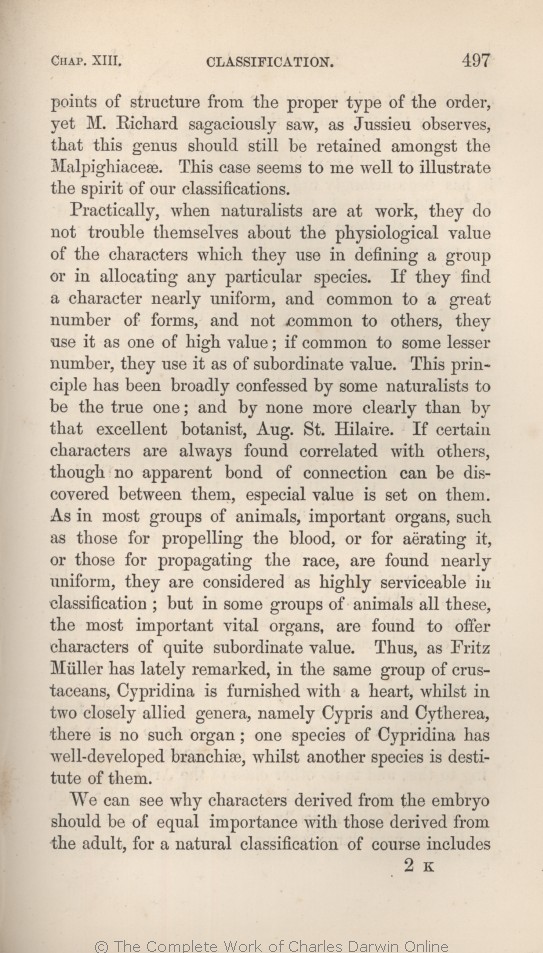Practically, | Practically, 1866 1869 1872 | | Practically 1859 1860 1861 |
| group 1866 1869 1872 | | group, 1859 1860 1861 |
| certain 1859 1860 1861 1866 1869 | | several trifling 1872 |
| correlated with others, 1859 1860 1861 1866 1869 |
| in combination, 1872 |
| connection 1869 1872 | | connexion 1859 1860 1861 1866 |
| aërating 1866 1869 | | aërating 1859 1860 1861 | | aerating 1872 |
| of animals 1859 1860 1861 1866 1869 | of animals 1872 |
| Müller 1866 1869 | | Müller 1872 |
|









